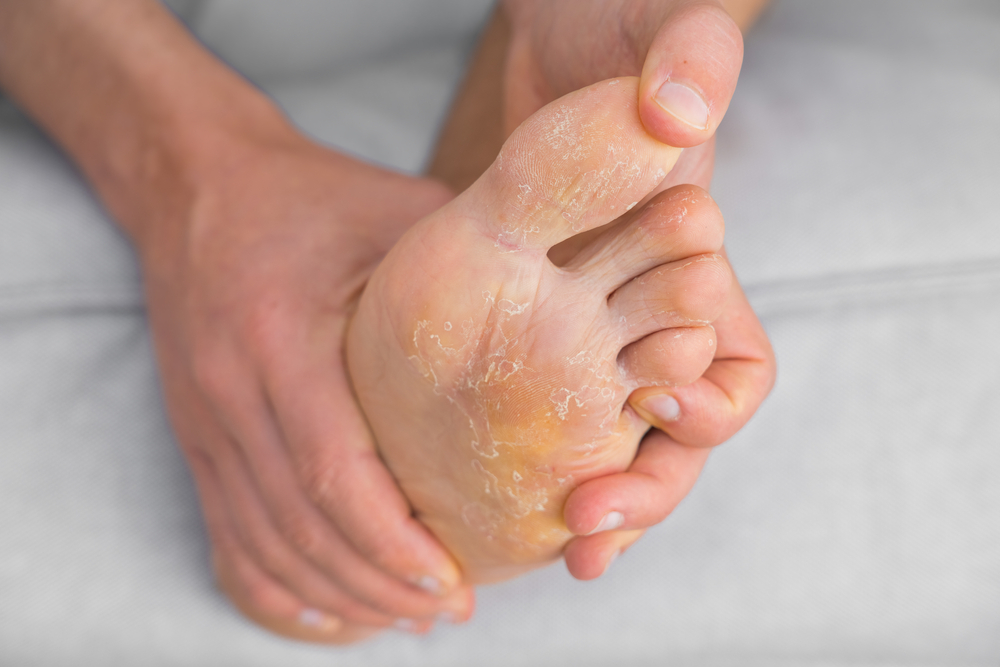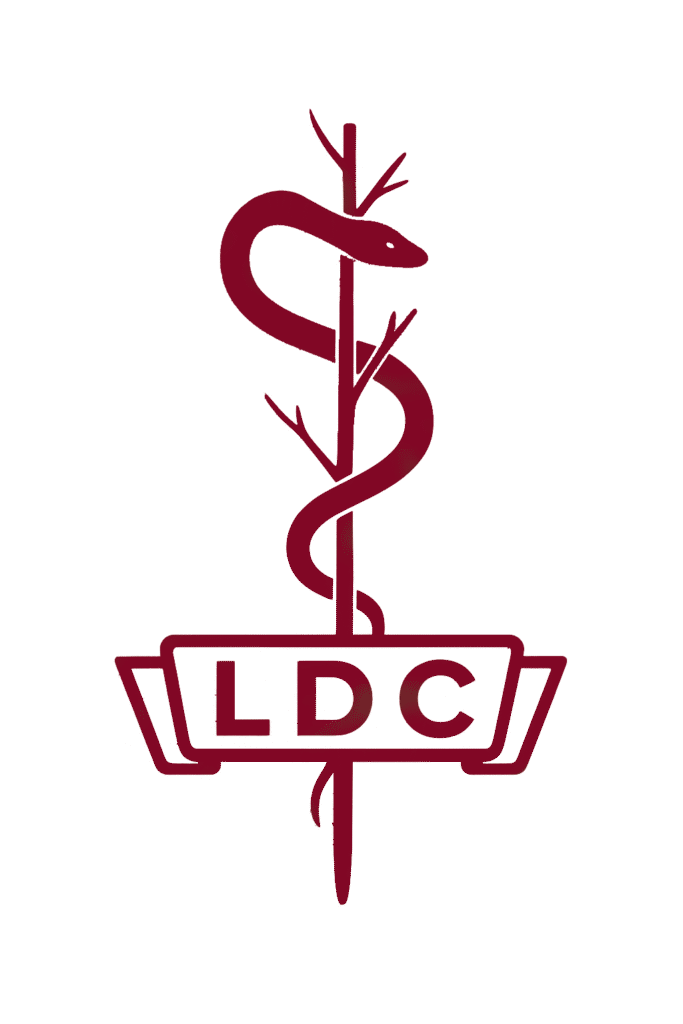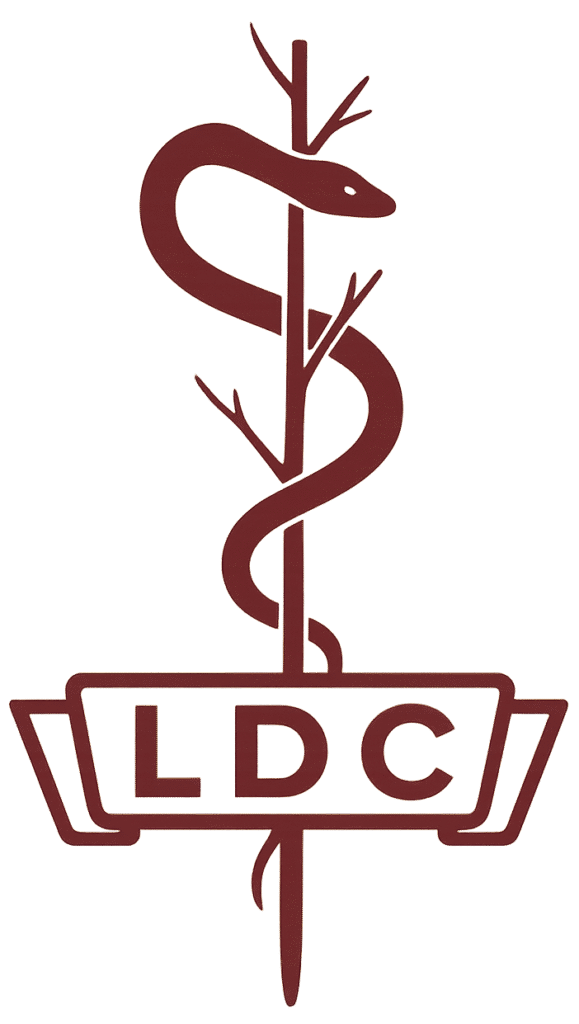Nail fungus is more common than you might think—and it’s not just a cosmetic issue. Medically known as onychomycosis, this condition can cause thick, discolored, brittle, or crumbling nails, often leading to discomfort, embarrassment, and even pain when left untreated. The good news is that nail fungus is treatable, especially when addressed early by a professional.
If you’re dealing with persistent nail changes that aren’t improving with over-the-counter products, it may be time to consult a dermatologist in LaPlace for accurate diagnosis and effective care.
What Is Nail Fungus?
Nail fungus is an infection caused by microscopic fungi, most often dermatophytes, that feed on keratin—the protein in your nails. While it’s more common in toenails than fingernails, both can be affected. The infection typically begins at the edge or tip of the nail and slowly spreads inward, distorting the nail’s appearance and texture.
Fungal nail infections can also be linked to other conditions like athlete’s foot, and in some cases, they may spread to surrounding skin.

What Are the Symptoms?
Nail fungus can be easy to overlook in its early stages. However, as the infection progresses, the signs become more noticeable. You may experience:
- Yellow, white, or brown discoloration
- Thickened or brittle nails
- Crumbly or ragged edges
- A distorted nail shape
- A foul odor coming from the nail
- Separation of the nail from the nail bed (in severe cases)
These changes often start gradually and worsen over time, especially in warm, moist environments.
What Causes Nail Fungus?
Fungal nail infections are typically caused by dermatophytes, but yeast and mold can also be responsible. The fungi thrive in environments that are:
- Warm and humid
- Dark and enclosed (like sweaty shoes)
- Exposed to moisture for long periods
You’re more likely to develop nail fungus if you:
- Walk barefoot in public places like locker rooms or pools
- Have athlete’s foot or a history of fungal infections
- Wear tight shoes or non-breathable socks
- Have diabetes or circulatory issues
- Are over the age of 60
- Have a weakened immune system
- Regularly get manicures or pedicures with unsterilized tools
If any of these factors apply to you, it’s even more important to have a dermatologist in LaPlace assess your nail health.
Is Nail Fungus Contagious?
Yes, nail fungus can spread—from one nail to another, or from person to person. That’s why sharing nail clippers, walking barefoot in public areas, or getting pedicures at unsanitary salons can all increase your risk. Preventing the spread of infection is key to managing this condition.
How Is Nail Fungus Diagnosed?
A proper diagnosis is essential before beginning treatment. What looks like nail fungus could also be psoriasis, trauma, or another nail disorder. At LaPlace Dermatology, we may take a small sample of your nail to examine under a microscope or send to a lab to identify the specific fungus involved.
This step helps ensure that your treatment plan is targeted and effective—something over-the-counter remedies can’t always offer.
What Are the Treatment Options?
Treating nail fungus can take time, especially because nails grow slowly and the infection often lies deep beneath the surface. Your dermatologist in LaPlace may recommend one or more of the following:
1. Topical Treatments
Prescription-strength antifungal creams, solutions, or medicated nail lacquers can be applied directly to the nail. These are most effective for mild to moderate infections.
2. Oral Antifungal Medications
Oral medications such as terbinafine or itraconazole are often prescribed for more severe or persistent cases. These work from the inside out to clear the infection but may require liver function monitoring during treatment.
3. Nail Debridement
In some cases, we may gently trim or remove parts of the infected nail to reduce fungal buildup and allow topical treatments to penetrate more effectively.
4. Laser Therapy
Some practices offer laser treatments that target the fungus beneath the nail. While promising, this option is still under evaluation and may not be covered by insurance.
Can Nail Fungus Come Back?
Unfortunately, yes. Even after successful treatment, nail fungus can return if you don’t take preventative steps. Here’s how to reduce your risk of reinfection:
- Keep feet clean and dry
- Change socks daily and wear breathable footwear
- Use antifungal spray or powder in shoes
- Avoid walking barefoot in public spaces
- Disinfect nail tools regularly
- Choose nail salons that follow strict hygiene protocols
Your dermatologist in LaPlace can guide you on a customized maintenance routine to keep your nails healthy for the long term.
Get Professional Help for Healthier Nails
Nail fungus doesn’t go away on its own—and the longer you wait, the harder it becomes to treat. If you’re experiencing symptoms or have tried store-bought products with no success, it’s time to get expert care.
At LaPlace Dermatology, we specialize in diagnosing and treating fungal nail infections with safe, effective, and tailored approaches. Contact our office today to schedule your appointment and restore your nails to a healthier state.

